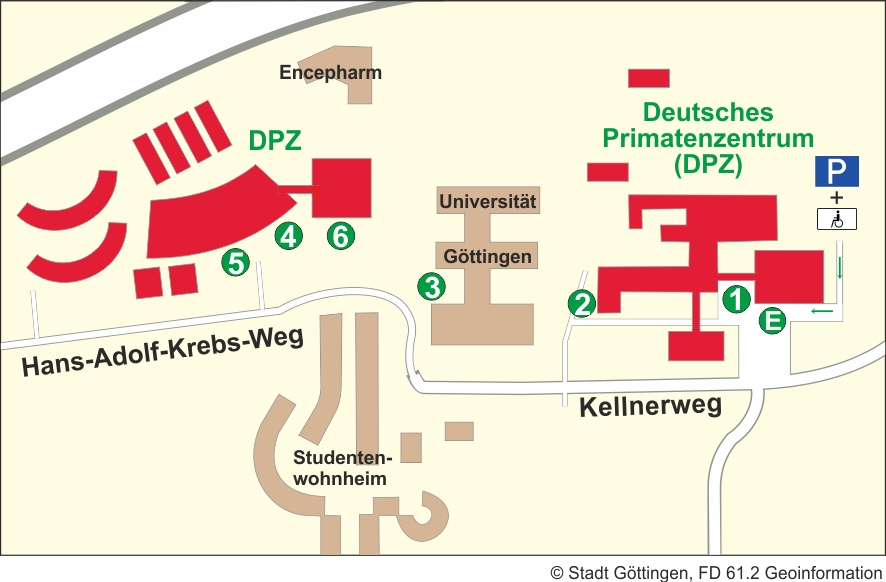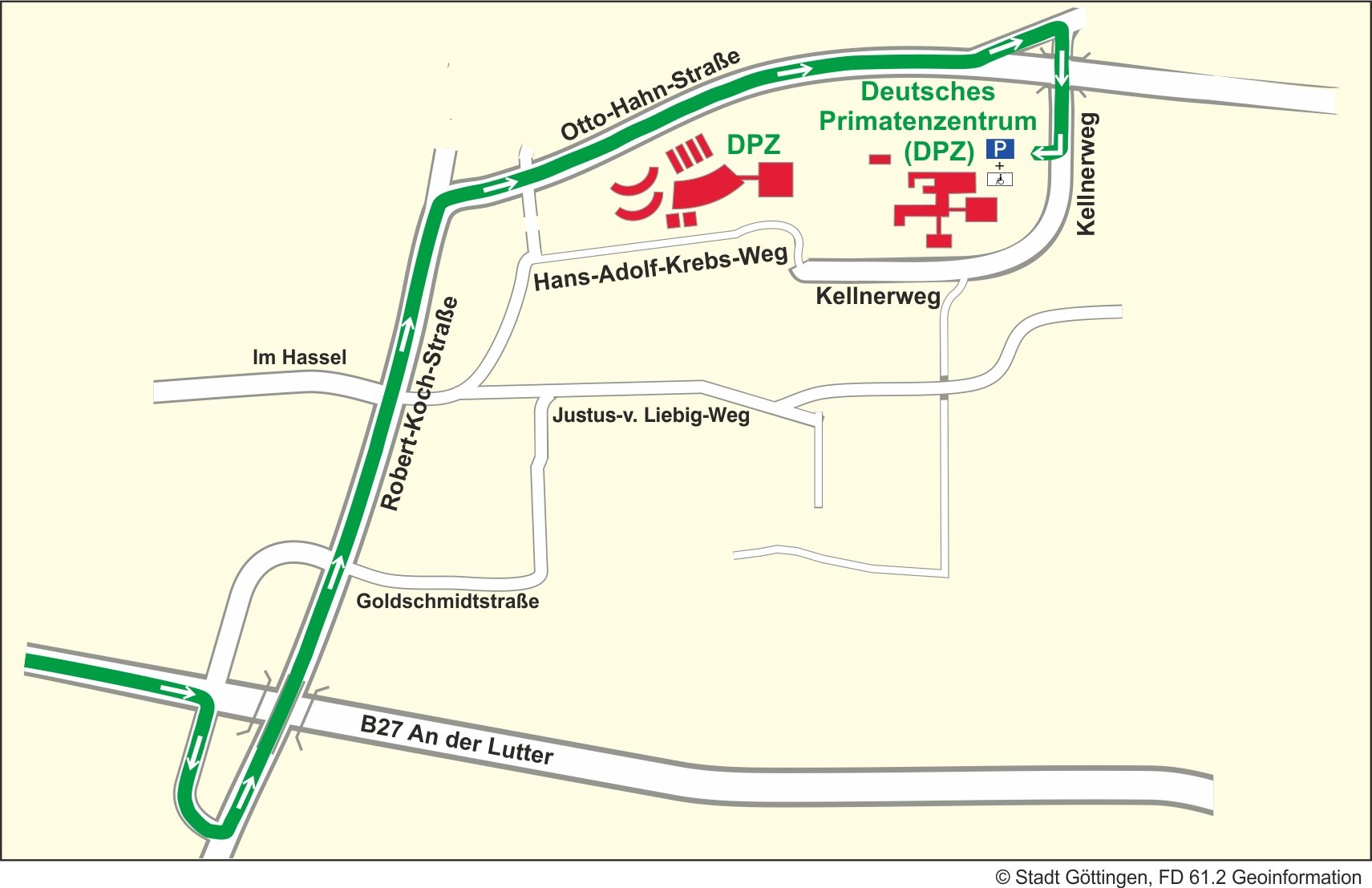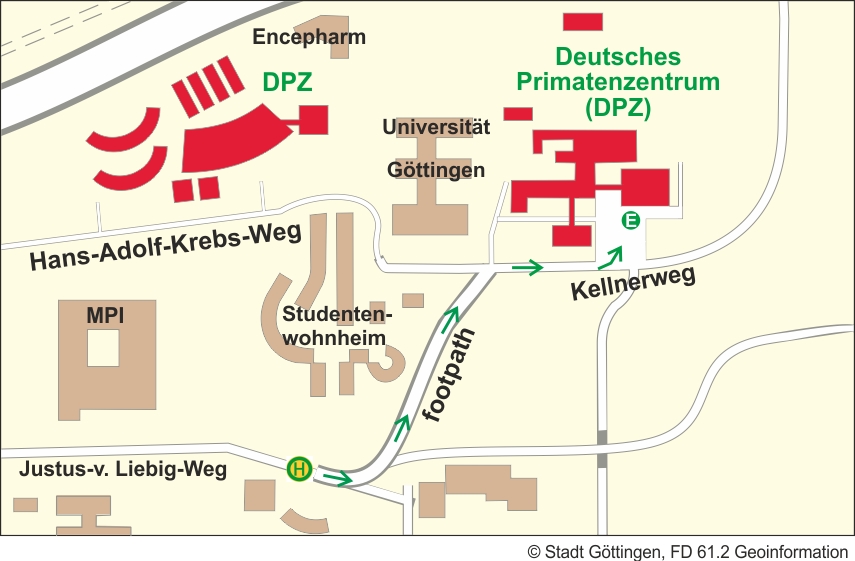Neural Representations of Natural Self-Motion: Implications for Perception & Action
Save as calendar entryA fundamental question in neuroscience is how does the brain compute accurate estimates of our self-motion relative to the world and orientation relative to gravity in everyday life. In this talk, I will describe recent findings from my laboratory’s research that have addressed this question and provided new insight into how vestibular pathways encode self-motion information to ensure accurate perception and motor control.
First, we have recently examined the statistics of natural self-motion signals experienced by mice, monkeys, and humans, and then explored the neural coding strategies used by early vestibular pathways. Focusing on the relationships between neural variability, detection thresholds, and information transmission, our findings have revealed that two distinct sensory channels represent vestibular information at the level of the vestibular periphery. Notably, more regularly discharging afferents have better detection thresholds and use rate coding, while more irregular afferents take advantage of precise spike timing (i.e, temporal coding) and are better optimized for processing natural vestibular stimuli.
Our research has also established that the neurons at the first central stage of vestibular processing are substantially less sensitive to active motion. Notably, this ability to distinguish between active and passive motion is not a general feature of early vestibular processing, but is instead a characteristic of a distinct group of neurons known to contribute to postural control and spatial orientation. Our most recent studies further indicate that multimodal integration within the vestibular cerebellum is required for this cancellation of self-generated vestibular information from the subsequent computation of orientation and posture control. Moreover, when unexpected vestibular inputs become persistent during active motion, indicating that this mechanism is rapidly updated to re-enable the vital distinction between active and passive motion to ensure the maintenance of posture. Finally, our recent findings have established that posterior thalamocortical vestibular pathway even more selectively encode unexpected motion, thereby providing a neural correlate for ensuring perceptual stability during active versus externally generated motion.
Acknowledgements: Funded by NIH/NIDCD R01-DC2390, the Canadian Institutes of Health Research (CIHR), Natural Sciences and Engineering Research Council of Canada (NSERC), and Canada Foundation for Innovation (CFI).
Referent
Dr. Kathleen E. Cullen, Professor Department of Biomedical Engineering
The Johns Hopkins University, Baltimore, MD 21205, U.S.A.
Journey Description
Map

E - Main Entrance/Reception
1 - Managing Board; sections: Infection Biology Unit, Unit of Infection Models, Laboratory Animal Science Unit, Primate Genetics Laboratory, Behavioral Ecology and Sociobiology Unit, Cognitive Ethology Laboratory, Neurobiology Laboratory, Research Coordination, Public Relations, Information Technology, Administration, Technical Support, Library.
2 - Material Delivery/Purchase
3 - Platform Degenerative Diseases
4 - Cognitive Neuroscience Laboratory
5 - Animal Husbandry
6 - Imaging Center, Functional Imaging Laboratory
Arrival by car

Leave the interstate A7 at exit "Göttingen Nord". Follow the B27 straight ahead in the direction of "Braunlage". After the third traffic light intersection turn right towards "Kliniken". Afterwards turn left onto "Robert-Koch-Straße" direction "Universität Nordbereich/Polizei". At the end of "Robert-Koch-Straße" turn right onto "Otto-Hahn-Straße", direction "Nikolausberg". The first street on the left turn onto "Kellnerweg", follow the signs "Deutsches Primatenzentrum".
Arrival by bus

The footpath from the bus stop "Kellnerweg" to the Main Entrance/Reception:
From Bus stop "Kellnerweg" (line 21/22 and 23) Cross the road, go in the direction of the bus. At the mailbox, turn left into the footpath and proceed to the end. Turn right into the Kellnerweg. The main entrance of the DPZ is on the left side.
Date and Time 28.06.19 - 16:15 - 17:15 Signup is not required
Location Alter Hörsaal/Old Lecture Hall
Cognitive Neuroscience Laboratory
German Primate Center
Kellnerweg 4
37077 Göttingen
Phone: +49 (551) 3851-344
Fax: +49 (551) 3851-452
E-Mail: bwild@dpz.eu
